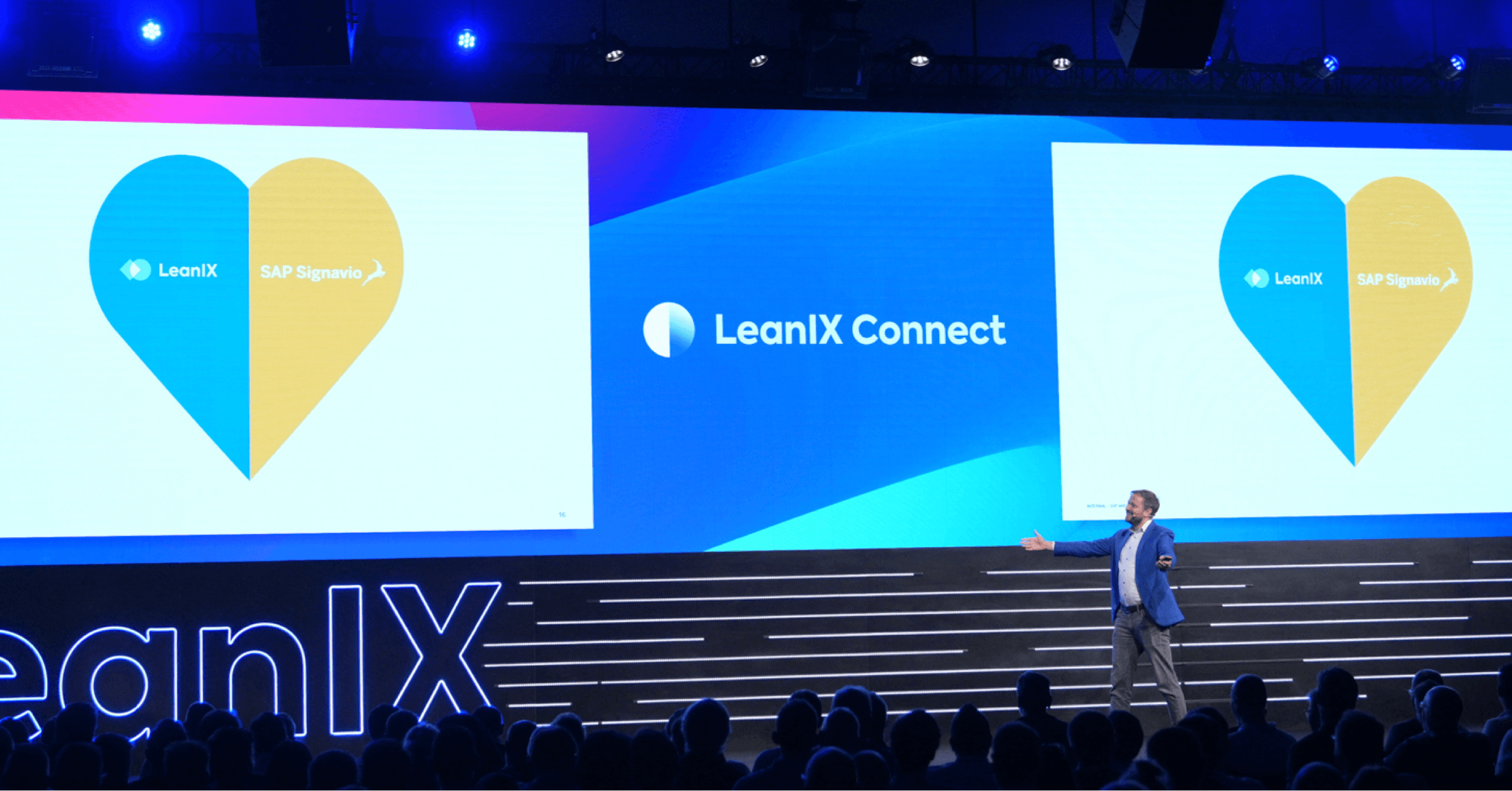With an Enterprise 2.0 approach businesses can obtain important advantages. A study by McKinsey has just found that productivity of employees can be increased by 20 to 25 % through social technologies. It seems to be only a matter of time until the social business is commonplace. Managers are facing a difficult question: How can I bring the social enterprise approach to my company? There are two main positions in the debate: One side argues that first of all leadership culture in businesses has to change. In a second step, social technologies can be introduced and find the acceptance of everybody. The other side emphasizes a technology-centered approach. In their view social technology has to involve the entire firm, cover all processes, and then management culture will change as well.
Both points of view have an underlying problem: they understand the process of change in a holistic way, losing the original aim to ease communication and bring workers together. A short example: Think of the business as a city, where you want to get the habitants to communicate and collaborate. One option is to build a skyscraper and put everybody in there. People will know where everybody lives and they can ring their doorbell to find them. But in a structure that big, communication is still difficult. To stay informed about developments, people are
left mainly with newspapers. A better approach to bring people together is to create different quarters in the city, where you place the habitants according to their interests. Instead of one tall building, you would have small houses for each family. You can imagine that people would meet on the streets and communication would work directly. In order to stay informed about the development of the whole city, people could still read the newspaper.
Furthermore every quarter would be created differently according to the interests of the people. Coming back to the business this means that IT-workers have different process- and communication structures than workers in the sales department. If you force everybody to adopt the same structure advantages might be lost. What is the point of living together with everybody in one single building, if it is hard to find people with the same interests? If you try to turn the entire firm into a social enterprise at once it is hard for the different departments to discover their specific advantages of social technologies. Why should workers and leaders be willing to participate, if they do not see the advantage of the approach? Each department is using social technologies in a very different way, which means that each domain should have its own tool.
This does not mean that you should stop to provide a central activity stream or to change leadership culture. But these approaches have a higher chance to succeed, if the social enterprise already exists on a small scale in single departments. Here workers can experience the advantages of technologies the fastest. Plus, leadership culture can change more easily, if you start it in small teams first.
The conclusion is clear: Traditional business software has to be replaced with open programs that support a free exchange of information. These programs have to be domain-specific so that each department has its own tool according to the needs of the workers. It is no problem to connect the specific approaches through a central platform, but please go step by step. First of all you have to prove to each department that it will benefit from a social collaboration approach. Only if you can convince leaders and workers of the Enterprise 2.0, you will succeed with its implementation.







